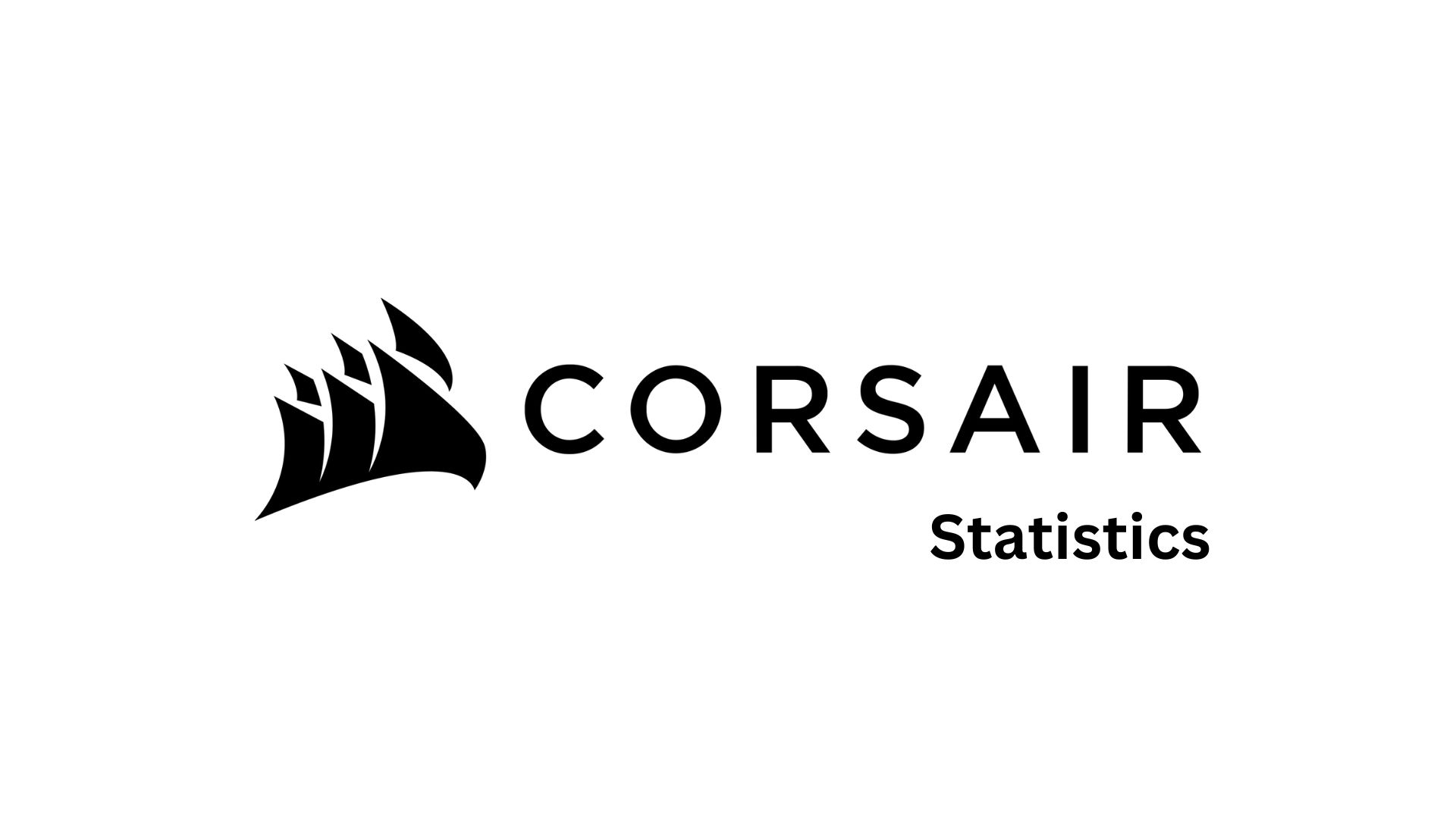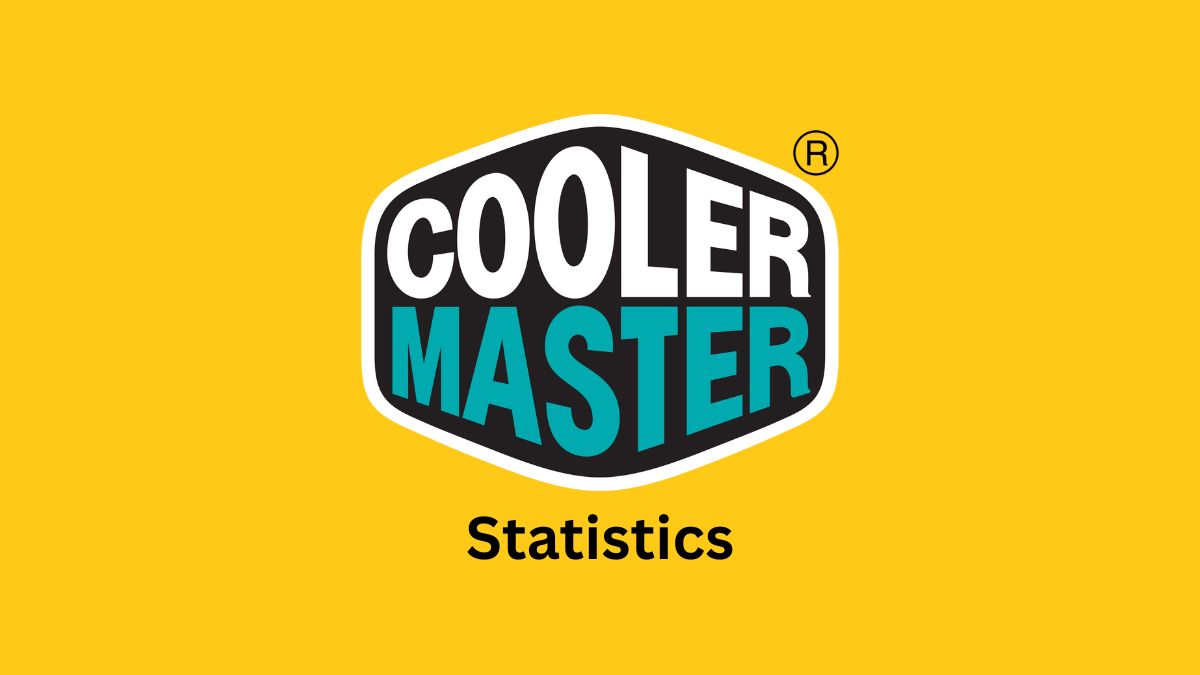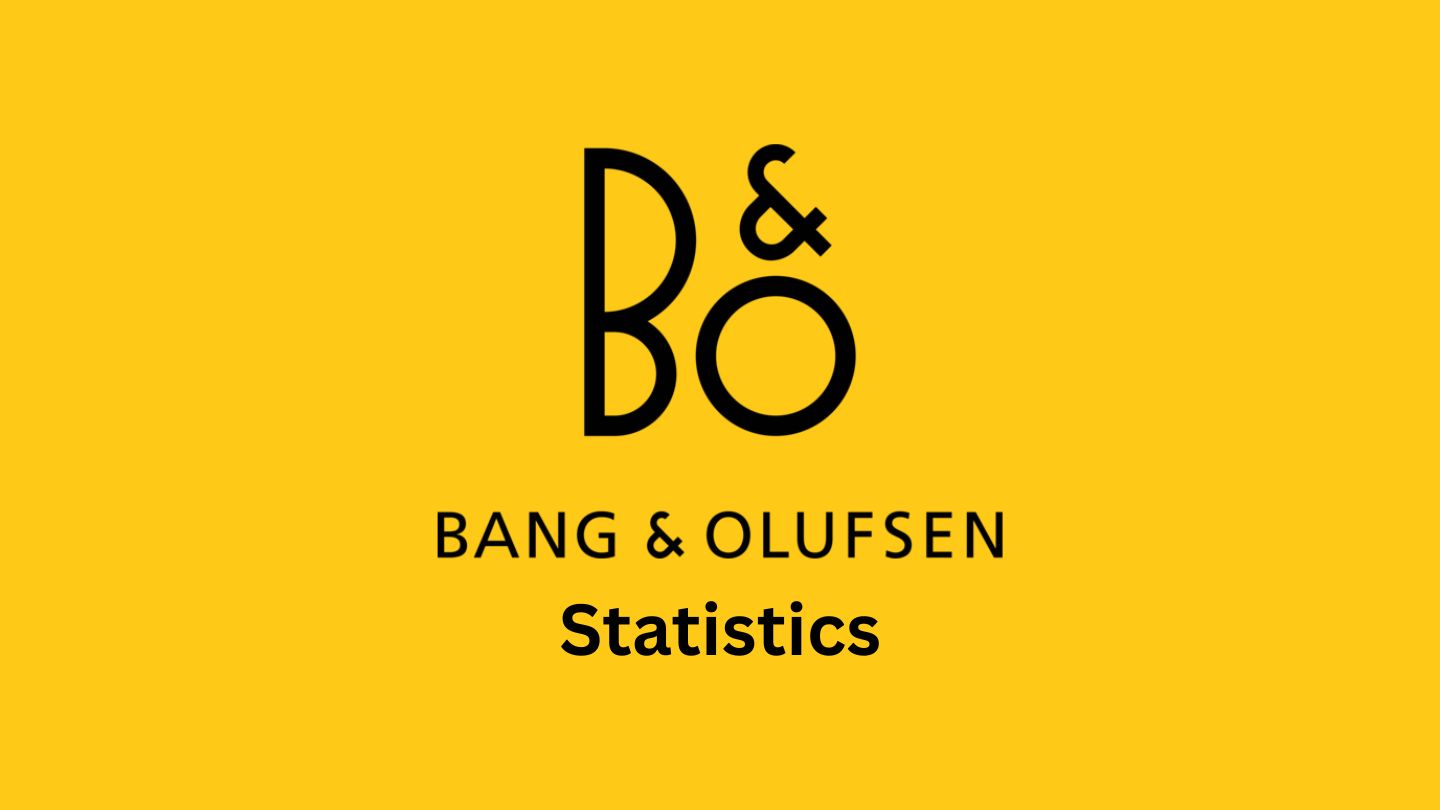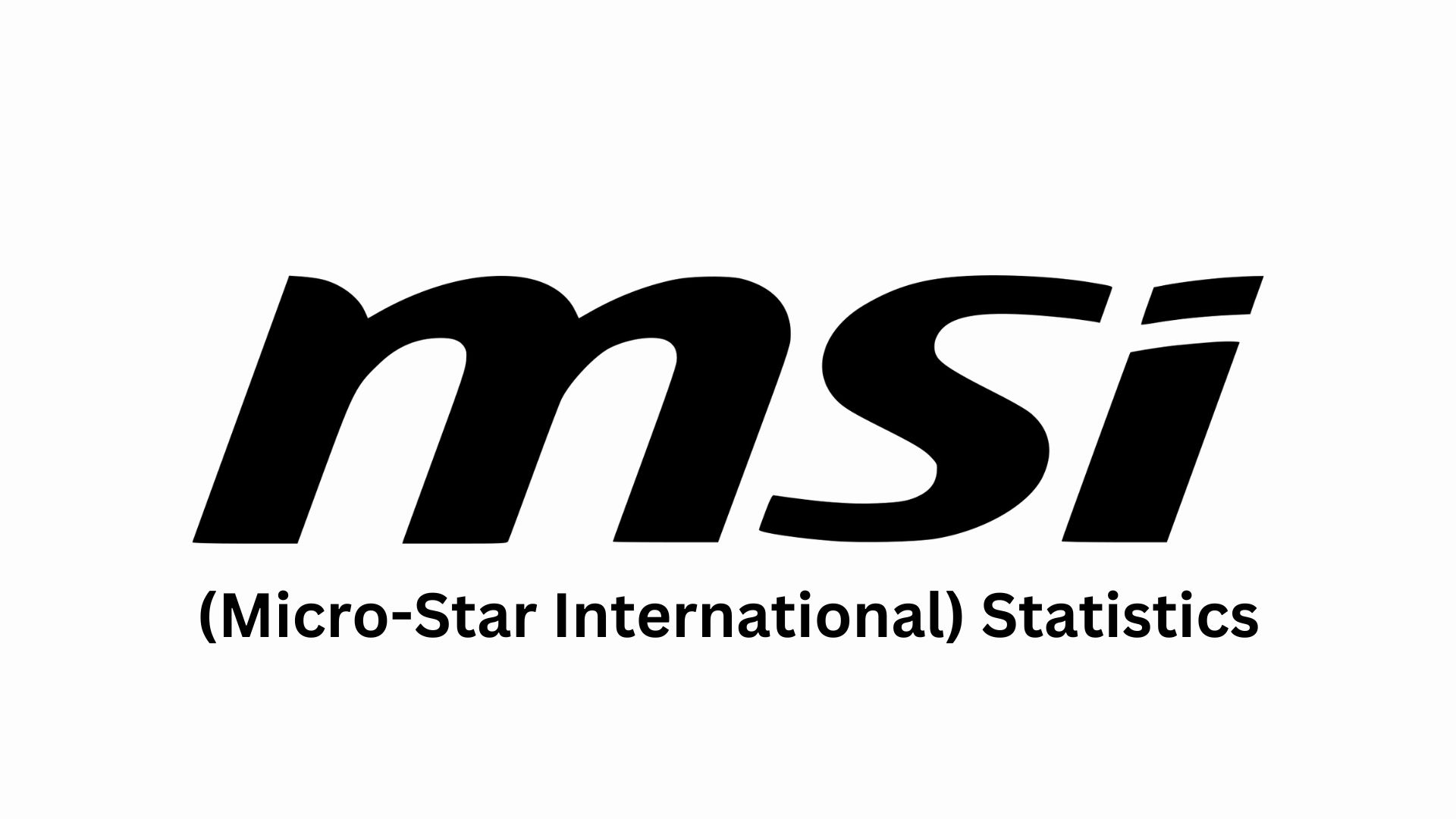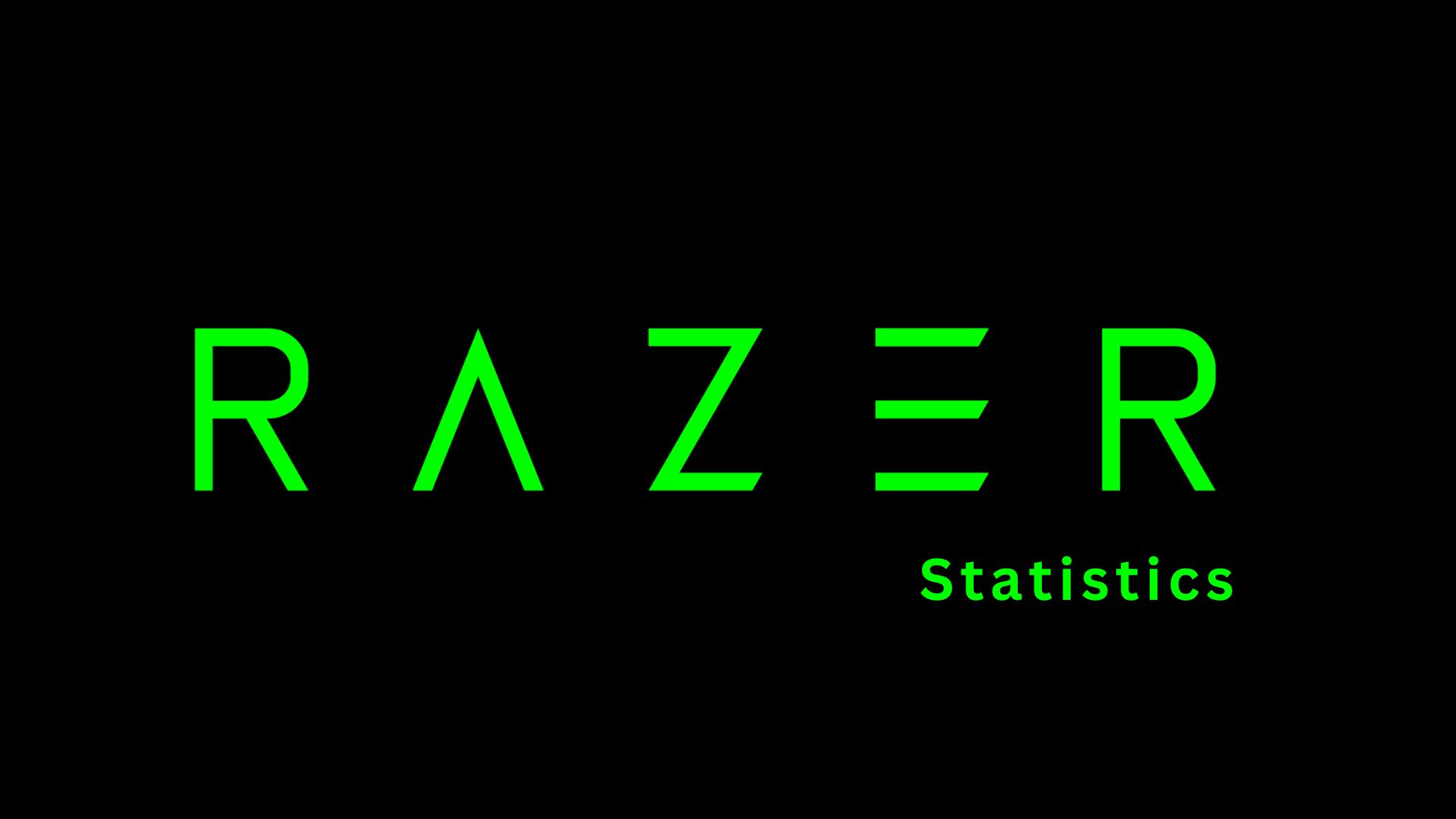Harman Kardon Statistics By Sales and Facts (2025)
Updated · Nov 20, 2025
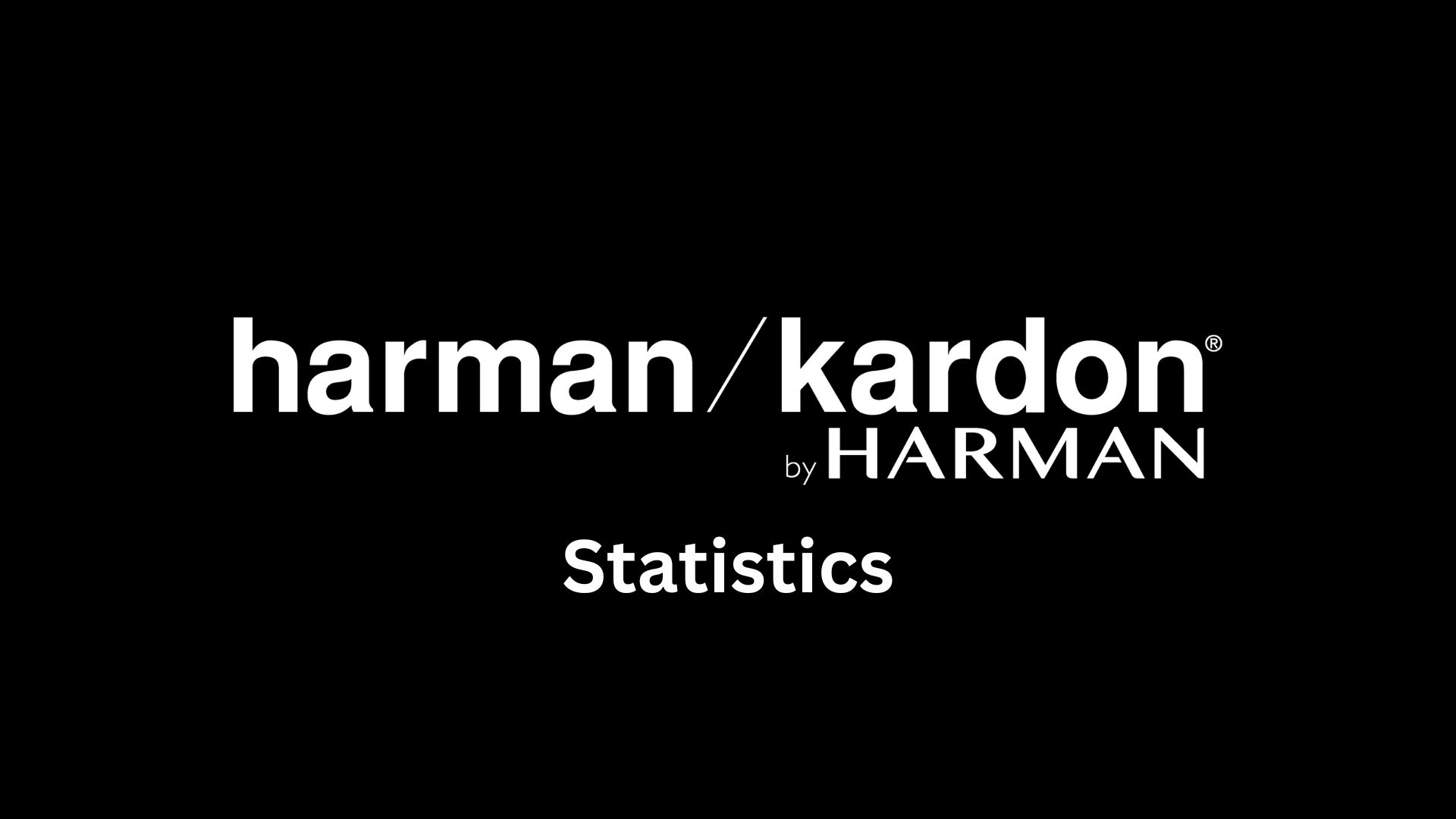
Table of Contents
- Introduction
- Editor’s Choice
- History of Harman Kardon
- Fun Facts About Harman Kardon
- HARMAN Expands Major Investment
- Enabling Telematics And Smart Car Technologies of The Future
- India As A Global Automotive R&D And Innovation Hub
- Sustainability And Green Manufacturing Commitment
- Harman’s Rapid Growth And Market Expansion Under Samsung’s Ownership
- Samsung Q3 Performance and Harman Contribution
- Conclusion
Introduction
Harman Kardon Statistics: If there is a maestro who controls an orchestra, that maestro is Harman Kardon in the audio world, mixing and tech with design in such a way that the sound literally fills the room. The brand, which has been the backbone of portable and home audio, still plays its own premium note within HARMAN (the parent company owned by Samsung), which sits within a larger grouping.
This article elaborates on Harman Kardon reports, where in 2025 the Harman Kardon brand power will be assessed based on sales, market environment, recent transactions, and data points for growth, pricing, and competition.
Editor’s Choice
- HARMAN has earmarked ₹ 345 crores (US$42M) for the expansion of its automotive electronics plant in Pune, thus raising the total to ₹ 554 crores (US$67M) since 2014.
- The output of the Pune site will grow by more than 50%, allowing the production of 4 million car audio components, 1.4 million infotainment units, and 0.8 million telematics control units to be completed annually by 2027.
- The new expansion adds 71,505 sq. ft., which consists of a 45,000 sq. ft. advanced production floor with SMT lines and speaker/module manufacturing.
- Samsung’s co-development with HARMAN led to the next-gen 4G/5G telematics unit, HARMAN Ready Connect, which will be used by Indian OEMs such as Tata Motors and Maruti Suzuki.
- India has more than 5,000 professionals dedicated to automotive R&D, manufacturing, hardware and software development, and global exports.
- The Pune facility produces 317,000 kWh of solar power yearly, which is equivalent to around 200 metric tons of CO₂ emissions reduction and is 100% renewable electricity by 2030.
- Harman’s global manufacturing footprint includes Germany, Hungary, Mexico, Brazil, China, and India, with India as the preferred research and development hub.
- Harman reported an all-time high operating profit of 1.3 trillion won (USD 902 million) in 2024, up from 559.1B won in 2021, 880B won in 2022, and 1.17T won in 2023.
- Harman’s profit for the last quarter of 2024 was 400B won, which was precisely twice the amount that Samsung’s TV and appliance divisions combined produced.
- Harman’s audio and car communication systems have been installed in more than 50 million cars worldwide.
- The global market for automotive electronics is set to expand considerably from USD 262.6 billion in 2024 up to USD 468.1 billion at the end of the forecast period in 2030.
- In the latest quarter reported by Samsung, an operating profit of 0.45T won (USD 333 million) was accompanied by revenues of 3.8T won from Harman.
- The losses of Samsung’s DS semiconductor division were reduced from 4.6T won in the first quarter to 3.75T won in the third quarter, thanks to the company’s products focusing on the high-value HBM3/HBM3E segment.
- Samsung’s spending on semiconductors in 2023 totaled 47.5 trillion won, of which 2.45 trillion won was paid as dividends (361 won per share).
History of Harman Kardon
- 1953: The company was founded by Sidney Harman and Bernard Kardon in New York to build high-fidelity audio products.
- 1954: The Festival D1000, described by the company as the world’s first compact AM/FM integrated hi-fi receiver, was introduced.
- 1956: Sidney Harman bought out Bernard Kardon and formed Harman International as the broader corporate structure.
- 1957: Bernard Kardon retired from the business.
- 1958: The Festival TA-230, promoted as the first high-fidelity simulcast stereo receiver, was launched.
- 1959: Key stereo advances included the MA-250 FM multiplex adapter and the Citation II wide-band tube amplifier.
- 1969: Harman acquired JBL, expanding the group’s loudspeaker portfolio.
- 1970: The CAD5 cassette deck with Dolby B noise reduction was introduced, reflecting early noise-reduction adoption.
- 1976: To meet U.S. government conflict-of-interest rules, Sidney Harman sold the company to Beatrice Foods.
- 1980: Harman repurchased Harman International from Beatrice Foods, though the receiver group was not included.
- 1985: The receiver group was reacquired, restoring the company’s pre-1976 scope.
- 1999: The CDR 2, cited by the brand as the world’s first CD audio recorder with 4x dubbing speed, was presented.
- 2000: The Harman Kardon iSub and SoundSticks, designed in collaboration with Apple’s team, debuted and later entered the Museum of Modern Art collection.
- 2016: Samsung announced a definitive agreement to acquire Harman for approximately USD 8.0 billion.
- 2017: Samsung completed the acquisition; Harman became a standalone subsidiary.
- 2020: SoundSticks 4 was released as a twentieth-anniversary update to the original design.
- 2023: The brand marked 70 years, reaffirming the Festival D1000 as its first integrated receiver and an early milestone in hi-fi history.
Fun Facts About Harman Kardon
- Harman Kardon was founded in 1953 in Westbury, New York, by two audio engineers, Sidney Harman and Bernard Kardon, each investing USD 5,000 to start the company.
- The company’s very first product, the Festival D1000 receiver, is widely regarded as the world’s first compact AM/FM hi-fi receiver, bringing high-fidelity sound into ordinary living rooms.
- Harman Kardon played a key role in creating the modern hi-fi market by promoting wide-bandwidth amplifiers such as the Citation II, which offered a frequency response up to 60,000 Hz, well beyond normal human hearing.
- In the late 1960s Harman Kardon collaborated with Dolby Laboratories and was among the early adopters of Dolby noise-reduction in consumer audio, helping to make cassette tapes sound cleaner and quieter.
- Company co-founder Sidney Harman temporarily left the business world to serve as U.S. Under Secretary of Commerce in the Carter administration and sold Harman to Beatrice Foods in the late 1970s, then later bought the company back and rebuilt it.
- Harman Kardon has become known for industrial design as much as sound quality. Across Harman brands such as JBL, AKG and Harman Kardon, more than 700 design awards have been collected since 2013 from iF, Red Dot and other major competitions.
- The iconic transparent SoundSticks speakers, designed with Apple’s industrial design influence in mind, became a museum-worthy product: earlier versions of SoundSticks have been exhibited at the Museum of Modern Art (MoMA) in New York as examples of modern product design.
- Harman Kardon is now part of a much larger ecosystem. Harman International became a wholly owned subsidiary of Samsung Electronics in 2017 in a deal worth about USD 8 billion, placing Harman Kardon alongside brands such as JBL and AKG inside Samsung’s portfolio.
- Harman’s design studio network, including Huemen, had accumulated 777 awards for 499 products by 2025 across the company’s audio brands, with Harman Kardon products frequently highlighted for minimalist, lifestyle-oriented aesthetics.
- Even after more than 70 years in business, Harman Kardon still markets itself around the idea of “beautiful sound,” emphasizing not only acoustic performance but also how its speakers and receivers visually integrate into home interiors.
HARMAN Expands Major Investment
Strengthening India’s Position in Global Automotive Electronics
- HARMAN, a Samsung Electronics subsidiary, announced a new major investment of ₹345 crores (USD 42 million) to expand its automotive electronics manufacturing facility in Chakan, Pune.
- The aforementioned investment and the company’s cumulative investment of ₹554 crores (USD 67 million) in the facility since the year 2014 are also connected with the Indian government’s “Make in India, for the World” initiative.
- This new venture signifies a progressive move for India in becoming a manufacturing hub for next-gen car technologies.
- In line with this investment plan, HARMAN intends not only to bolster its production capacity significantly but also to contribute to job creation and the country’s long-term economic development.
Major Expansion To Meet The Future of Connected Mobility
- The production capacity hike from the plant’s new expansion, presided over by CEO Christian Sobottka, exceeds 50%.
- In 2027, the plant will produce four million car audio components, 1.4 million infotainment units, and 0.8 million telematics control units.
- The expansion adds 71,505 sq. ft. of built-up area, including a 45,000 sq. ft. production shop floor equipped with four new SMT lines, speaker manufacturing, and module production capabilities.
- Sobottka noted that India is becoming a strategic hub for the development and production of connected, green automotive solutions, thanks to its strong engineering talent and innovation ecosystem.
Enabling Telematics And Smart Car Technologies of The Future
- One of the main benefits of the expansion is the domestic production of HARMAN Ready Connect, which is the company’s next-generation telematics control unit.
- In collaboration with Samsung, this TCU features advanced technology, supporting both 4G and 5G, and provides features such as OTA updates, built-in cybersecurity, diagnostics, and cloud integration.
- It also works with HARMAN Ready Aware to send out immediate V2N safety alerts. Currently being utilised by leading automakers in Asia and North America, Ready Connect will now cater to Indian OEMs like Tata Motors and Maruti Suzuki.
- This move greatly enhances HARMAN’s ability to deliver quicker, more reliable connected-car experiences.
India As A Global Automotive R&D And Innovation Hub
- HARMAN has turned its Indian operations into a crucial component of the company’s global automotive strategy.
- The Indian unit, comprising over 5,000 professionals, works through the entire product development cycle from software and hardware to product management and manufacturing.
- Krishna Kumar, Managing Director of HARMAN India, pointed out that the country does not just cater to the domestic market but also sells the most modern infotainment, telematics, and audio technologies globally. This puts India in the center stage of HARMAN’s innovation flow and development.
Sustainability And Green Manufacturing Commitment
The plant produces more than 317,000 kWh of solar energy per year, cutting CO₂ emissions by almost 200 metric tons. It has eliminated diesel generators entirely, made its production lines more energy-efficient, and aims to be 100% powered by renewable energy by 2030. The facility, recognized for its energy-saving operations, complies with HARMAN’s worldwide ESG framework, “Sound Purpose.” Additionally, the plant has a record of zero OSHA-reportable injuries since it began, demonstrating its focus on safety and quality.
A Growing Global Manufacturing Footprint
The new Pune plant significantly adds to the global manufacturing network of HARMAN, which already comprises China, Hungary, Mexico, Brazil, and Germany as its production sites. The company can now depend on India to deliver connected, intelligent, and eco-friendly automotive solutions to customers worldwide. The investment is a strong signal that HARMAN has a long-term belief in India’s role as a central player in the future of mobility innovation and advanced automotive electronics markets.
Harman’s Rapid Growth And Market Expansion Under Samsung’s Ownership
- Harman has made a spectacular financial recovery after Samsung, an electronics giant, purchased the company for US$8 billion in 2017, making it the largest foreign acquirer of the Korean company.
- After some years of unexciting results post-acquisition, Harman’s performance jumped considerably, up to a point where it became one of Samsung’s most promising growth drivers.
- In 2024, the company announced a record operating profit of 1.3 trillion won (or roughly US$902 million), the largest since the acquisition.
- This growth has been steady, with figures of 559.1 billion won in 2021, 880 billion won in 2022, and 1.17 trillion won in 2023.
- Only in the last quarter of 2024, Harman reported a profit of 400 billion won, which was the sum of twice the profits of Samsung’s TV and home appliance divisions combined during the same time frame.
- Its audio and connected car technologies are now installed in more than 50 million vehicles globally.
- The global automotive electronics market is one of the areas where Harmony has increasingly established itself, and it is expected to rise from US$262.6 billion in 2024 to US$468.1 billion by 2030, assuring even more growth channels for the future.
Samsung Q3 Performance and Harman Contribution
- Harman posted a record quarterly operating profit of 0.45 trillion won (around US$333 million) with revenue of 3.8 trillion won largely coming from automotive and consumer audio products.
- Samsung Electronics’ overall profit for the quarter was 2.4 trillion won, a sharp 77.57% YoY decline but a remarkable 264% recovery from the previous quarter.
- Quarterly sales totalled 67.4 trillion won, down 12.21% year over year and up 12.33% from the last quarter.
- The semiconductor (DS) sector improved its results, moving from 4.6 trillion won in the first quarter to 4.36 trillion won in the second quarter, and then to 3.75 trillion won in the third quarter, all driven by the expansion of high-value memory such as HBM3 and HBM3E.
- Samsung’s foundry business announced a huge backlog and will start the mass production of the second generation of the 3nm GAA process in 2024 at the Texas plant.
- In capex allocation, Samsung set aside 47.5 trillion won for semiconductor capex in 2023 and paid out 2.45 trillion won in dividends to its shareholders, which is equivalent to 361 won per share for the third quarter.
Conclusion
Harman Kardon Statistics: Harman Kardon’s 2025 projection signals a brand on the move in all directions, sustained by HARMAN’s global reach and Samsung’s technological support. The company’s major investments in India, increased production capacity, and next-gen telematics have placed it on the right footing in the rapidly expanding automotive electronics market.
Harman’s continuous financial upswing—from record operating profits to more than 50 million vehicles fitted with integrated systems—indicates the company’s steady growth. At the same time, Samsung’s quarterly results portray Harman as a major growth driver, which in turn helps to mitigate the impact of semiconductor difficulties. With cutting-edge manufacturing, eco-friendly projects, and increased global demand, Harman looks forward to not just a further upturn but also a deeper influence over both consumer and automotive audio markets.
Sources
FAQ.
HARMAN invested ₹345 crores (US$42 million) to expand its automotive electronics plant in Pune; thus, the total investment since 2014 would be ₹554 crores (US$67 million). The above-mentioned expansion has also made 50% more production capacity and reaffirmed India’s position as a global automotive connected technologies hub.
HARMAN’s Pune facility expansion is going to bring in massive production resources in the whole eastern region of Asia, especially in the case of the Pune plant and by the year 2027, the plant will be producing 4 million car audio components, 1.4 million infotainment units, and approximately 800,000 telematics control units per year. The increase in output capacity is sure to come from a 45,000 sq. ft. advanced production shop floor, new SMT lines, and improved speaker/module manufacturing.
HARMAN Ready Connect, which is a next-gen 4G/5G telematics control unit, has been co-developed with Samsung and is offered with OTA updates along with cybersecurity, diagnostics, cloud connectivity, and V2N safety alerts. With the Pune expansion aiding local manufacturing, the technology will be serving the top Indian OEMs such as Tata Motors and Maruti Suzuki in the near future.
Samsung’s acquisition of Harman in 2017 was the beginning of a major financial boost for the latter. The operating profit increased from 559.1B won in 2021 to 880B won in 2022, 1.17T won in 2023, and a historical high of 1.3T won (US$902M) in 2024. In Q4 2024, Harman’s profit was 400B won—Samsung’s TV and appliance divisions’ combined profit was double that.
Harman, in the last quarter, posted 0.45T won (US$333M) operating profit as well as 3.8T won sales, thereby surpassing the previous records. He was able to produce revenues from automotive audio, consumer audio, and connected car technologies. The global automotive electronics market is expected to increase to US$468.1 billion by 2030.

I hold an MBA in Finance and Marketing, bringing a unique blend of business acumen and creative communication skills. With experience as a content in crafting statistical and research-backed content across multiple domains, including education, technology, product reviews, and company website analytics, I specialize in producing engaging, informative, and SEO-optimized content tailored to diverse audiences. My work bridges technical accuracy with compelling storytelling, helping brands educate, inform, and connect with their target markets.



